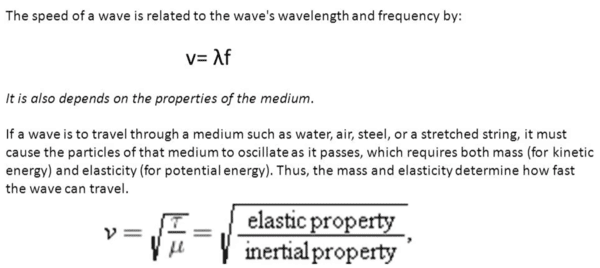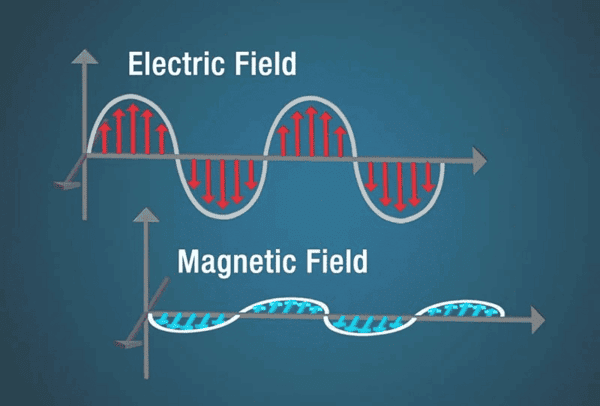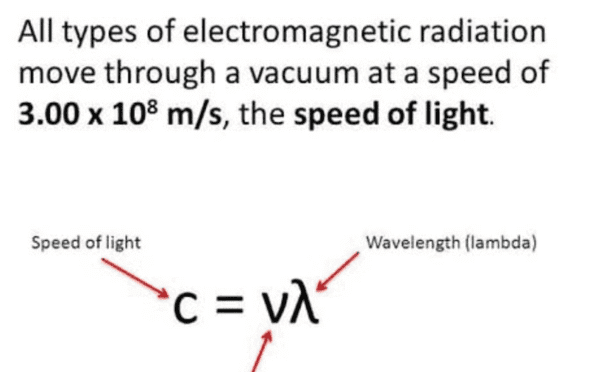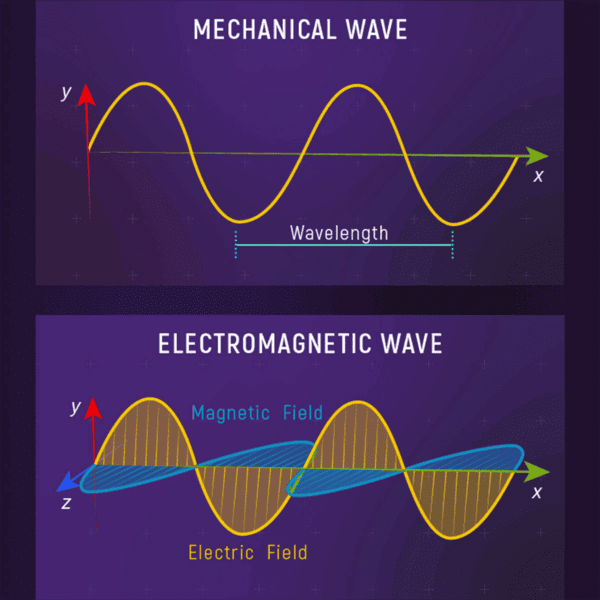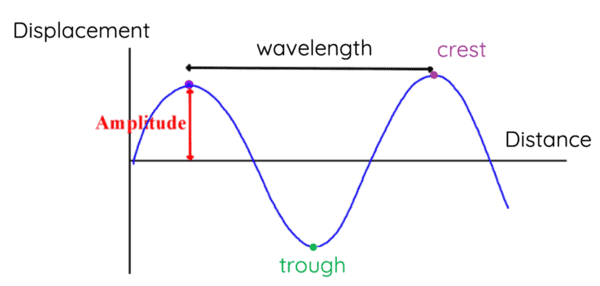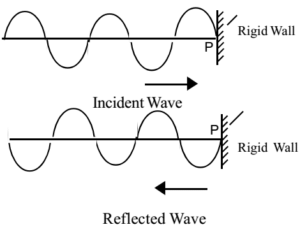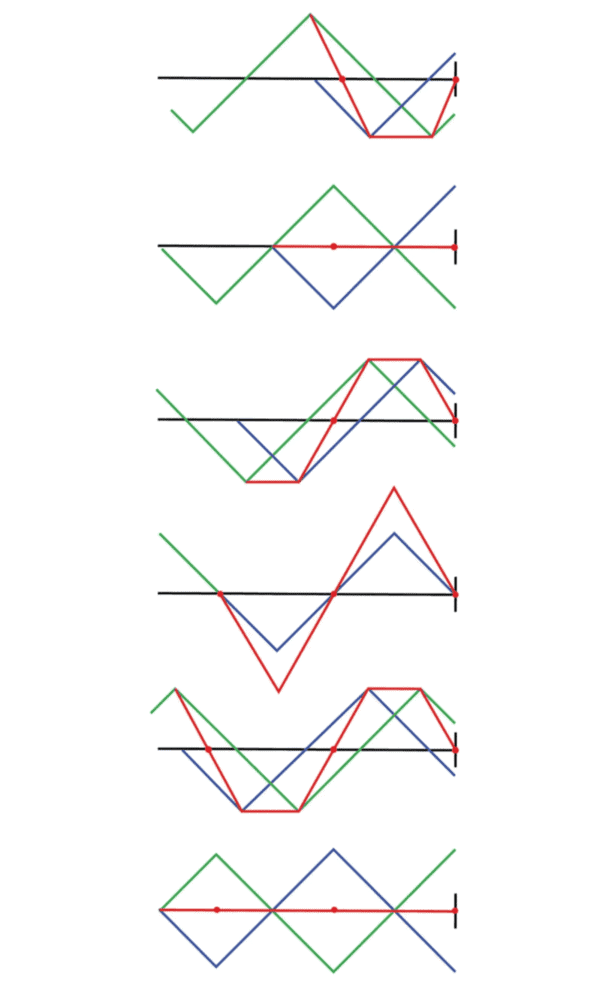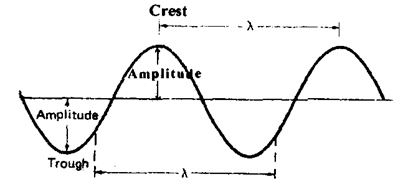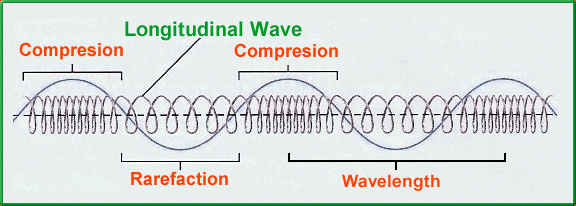|
In transverse waves, the oscillations of the medium are perpendicular to the direction of wave propagation, while in longitudinal waves, the oscillations occur parallel to the direction of wave propagation.
|
Card: 2 / 28 |
|
The principle of superposition states that the net displacement of overlapping waves is the ___ of their individual displacements. |
Card: 7 / 28 |
|
What is the relationship between the wavelength (λ), frequency (v), and speed (c) of a wave? |
Card: 9 / 28 |
|
Fill in the blank: Waves that do not require a medium for propagation are called ___ waves. |
Card: 11 / 28 |
|
Riddle: I am a wave that travels from one end of a stretched string to another, but no part of the string moves in that direction. What am I? |
Card: 13 / 28 |
 Unlock all Flashcards with EduRev Infinity Plan Starting from @ ₹99 only
|
|
The displacement relation for a sinusoidal wave traveling along a string is given by ___ where y is the displacement, k is the wave number, and ω is the angular frequency. |
Card: 17 / 28 |
|
If the speed of sound in a medium is given by v = √(B/ρ), what do B and ρ represent? |
Card: 19 / 28 |
|
B represents the bulk modulus of the medium, and ρ represents the mass density of the medium. |
Card: 20 / 28 |
|
True or False: Standing waves can only form in a medium when there are two boundaries. |
Card: 21 / 28 |
|
The amplitude is the maximum displacement of the medium from its equilibrium position.
|
Card: 24 / 28 |
|
According to the principle of superposition, if two waves overlap in a medium, they will interfere ___. |
Card: 25 / 28 |
|
Fill in the blank: In a longitudinal wave, regions of high pressure are known as ___ and regions of low pressure are known as ___ . |
Card: 27 / 28 |






